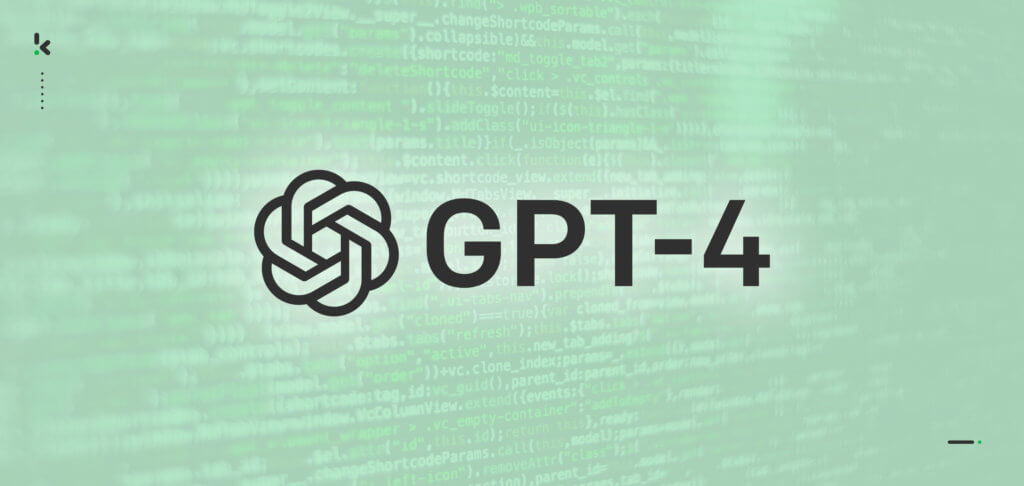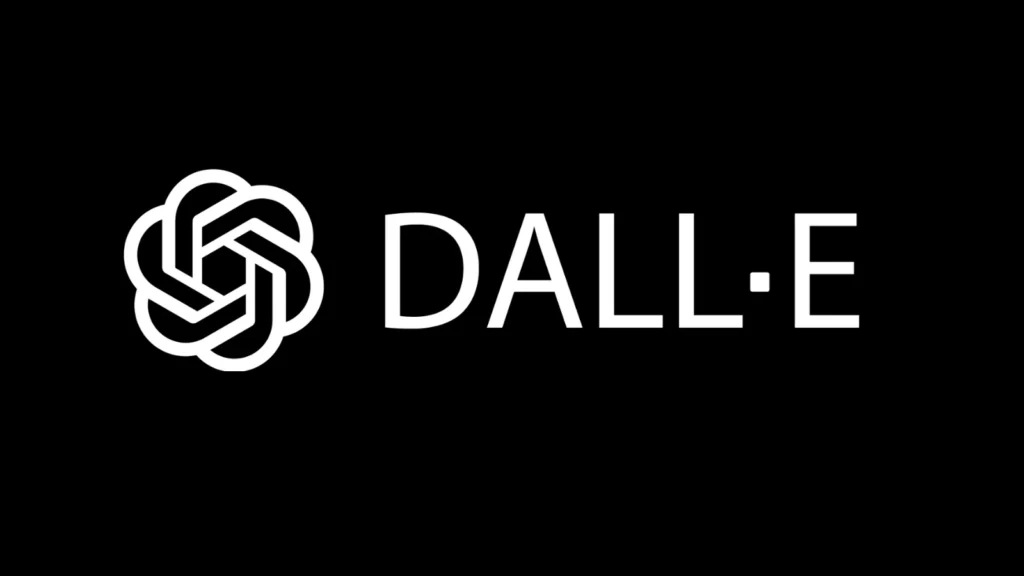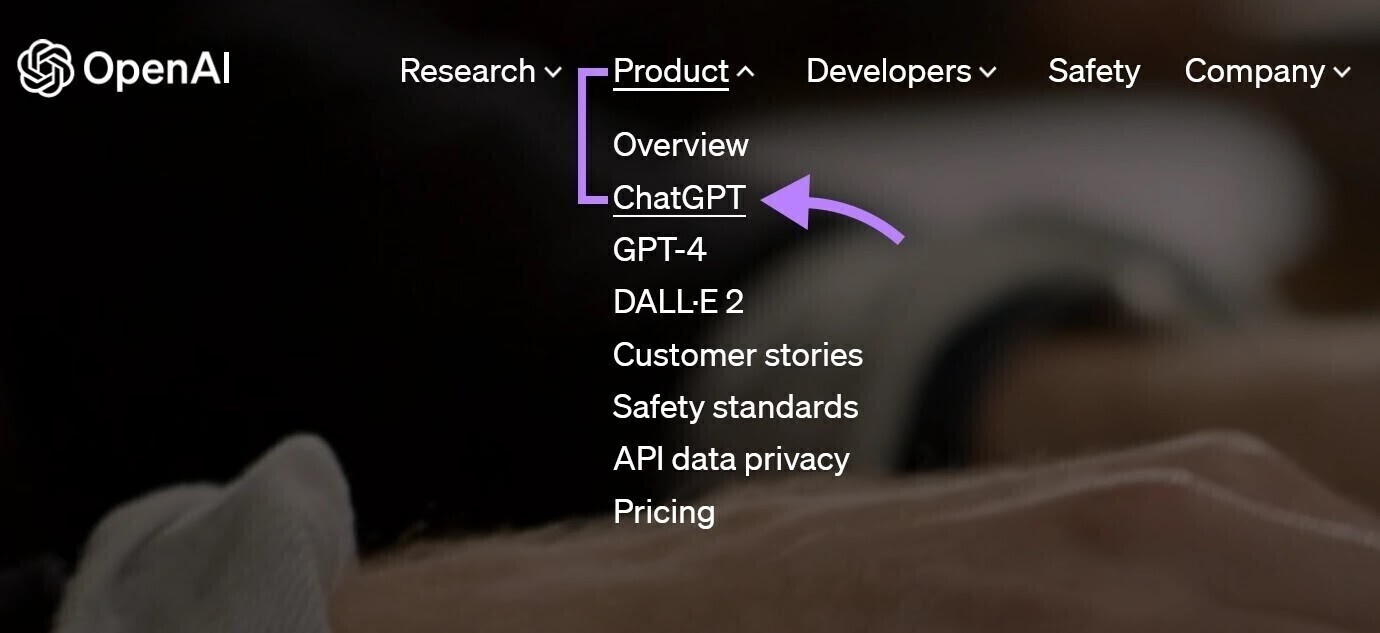Let’s discuss the AI chatbots ChatGPT, GPT-4, and DALL-E. These are all Artificial Intelligence tools from OpenAI. They are similar but different and if you want to get the most benefit from them, it’s a good idea to understand the differences between each AI models so you can leverage their unique strengths effectively. This article can help you.
Overview of the AI Models
- ChatGPT: A conversational AI model designed specifically for INTERACTIVE DIALOGUE.
- GPT-4: A general-purpose language model that extends beyond conversation to handle a broad spectrum of COMPLEX TASKS.
- DALL-E: An AI model designed for generating IMAGES from textual descriptions, pushing the boundaries of creativity and visual understanding.
ChatGPT: Conversational Expertise

ChatGPT is a fine-tuned version of GPT-3, optimized for dialogue-based applications. It excels in maintaining context over multiple turns of conversation and generating human-like responses. Here are its key features:
- Conversational Focus: ChatGPT is adept at handling interactive communication, making it ideal for customer service, virtual assistants, and interactive tutoring systems.
- Fine-Tuning with Human Feedback: Through Reinforcement Learning from Human Feedback (RLHF), ChatGPT aligns more closely with human conversational norms and safety standards.
- Accessibility: Available via APIs, ChatGPT is widely used by developers and businesses for creating chatbots and other dialogue-driven applications.
GPT-4: The Versatile Powerhouse

GPT-4 builds on the strengths of its predecessors, offering enhanced capabilities and versatility. Although specific details such as parameter count are not publicly disclosed, its performance improvements are evident across various tasks:
- Enhanced Understanding and Generation: GPT-4 can comprehend and generate more complex and nuanced text, making it suitable for tasks requiring deep contextual understanding.
- Broader Knowledge Base: Trained on a more extensive dataset, GPT-4 provides more accurate and up-to-date information.
- Multimodal Capabilities: GPT-4 can process and generate not only text but also other forms of data like images, expanding its applicability to tasks such as image captioning and visual question answering.
- Fine-Tuning and Customization: Businesses and developers can fine-tune GPT-4 for specific applications, enhancing its performance in specialized tasks.
DALL-E: Creativity in Visual Form

DALL-E represents a significant leap in AI’s ability to generate images from textual descriptions. This model blends language understanding with visual creativity, enabling it to create novel and coherent images based on detailed prompts.
- Text-to-Image Generation: DALL-E can create images from scratch based on detailed textual descriptions, demonstrating a deep understanding of both language and visual concepts.
- Creative Applications: Used in fields such as advertising, design, and art, DALL-E enables the creation of unique visual content that aligns with specific creative visions.
- Versatility in Output: From photorealistic images to abstract art, DALL-E’s outputs cover a wide range of styles and concepts, showcasing its versatility and creative potential.
Comparing ChatGPT, GPT-4, and DALL-E
To understand the distinct capabilities and applications of ChatGPT, GPT-4, and DALL-E, it is essential to compare them across several dimensions:
- Primary Function:
- ChatGPT: Designed for generating human-like dialogue and maintaining conversational context.
- GPT-4: A general-purpose language model capable of performing a wide array of text-based tasks, including conversation, data analysis, and creative writing.
- DALL-E: Focused on generating images from textual descriptions, combining language and visual creativity.
- Core Capabilities:
- ChatGPT: Excels in interactive communication, making it suitable for customer service, virtual assistants, and other dialogue-based applications.
- GPT-4: Offers enhanced comprehension and generation of complex text, suitable for research, creative writing, and multimodal tasks.
- DALL-E: Specializes in creating images based on textual prompts, ideal for creative and design-focused applications.
- Training and Fine-Tuning:
- ChatGPT: Fine-tuned for conversational quality and safety using human feedback.
- GPT-4: Benefits from extensive fine-tuning on a diverse dataset, enhancing its adaptability and performance in various tasks.
- DALL-E: Trained to understand and generate coherent images from detailed textual descriptions, leveraging both language and visual data.
- Use Cases:
- ChatGPT: Best suited for customer support, virtual assistants, and interactive tutoring systems.
- GPT-4: Ideal for research, complex data analysis, creative content generation, and tasks involving multimodal data.
- DALL-E: Perfect for creative industries such as advertising, design, and art, where generating unique visual content is key.
Practical Implications for using ChatGPT, GPT-4 or DALL-E
The practical implications of using ChatGPT, GPT-4, or DALL-E depend on the specific needs and goals of the user or organization:
- For Businesses:
- ChatGPT: Suitable for companies looking to enhance customer service with chatbots or provide interactive virtual assistants.
- GPT-4: Ideal for businesses needing advanced data analysis, research tools, or creative content generation.
- DALL-E: Best for industries requiring high-quality, unique visual content, such as marketing and design.
- For Developers:
- ChatGPT: Provides a robust framework for developing chatbots and other dialogue-based applications.
- GPT-4: Offers versatility for creating a wide range of applications, from automated research tools to creative writing assistants.
- DALL-E: Enables developers to create applications that generate images from text, useful for creative projects and design tools.
- For Creatives and Researchers:
- ChatGPT: Aids in generating dialogue-based content and interactive experiences.
- GPT-4: Assists in producing sophisticated text-based research, creative writing, and comprehensive data analysis.
- DALL-E: Facilitates the creation of original visual content based on detailed prompts, enhancing artistic and design endeavors.
Future Prospects
The future of AI-driven models like ChatGPT, GPT-4, and DALL-E is promising, with potential developments likely to enhance their capabilities further:
- Improved Contextual Understanding: Future iterations could offer even better contextual understanding, allowing for more accurate and nuanced interactions.
- Enhanced Multimodal Integration: Building on GPT-4’s and DALL-E’s multimodal capabilities, future models might seamlessly integrate text, images, audio, and video.
- Greater Personalization: AI models will likely become more adept at personalizing interactions based on user preferences and history.
- Ethical and Safe AI: Ensuring ethical use and mitigating risks will be crucial, with more robust safety measures and guidelines incorporated into future models.
Which one is best? Depends on what you want to use it for
ChatGPT, GPT-4, and DALL-E represent significant advancements in AI, each excelling in different areas. ChatGPT is optimized for conversational interactions, making it ideal for customer service and virtual assistants. GPT-4, with its enhanced understanding and multimodal capabilities, serves a broad range of applications from research to creative writing. DALL-E, with its unique ability to generate images from textual descriptions, opens new creative possibilities in design and art.
Understanding the strengths and applications of each model helps users and developers choose the right tool for their specific needs, driving innovation and efficiency across various domains. As AI technology continues to evolve, these models will likely become even more powerful, versatile, and integral to both everyday applications and specialized fields.
What to Read Next?
- How to make your Morning Routine Successful
- Top 7 Instant Pots: Understanding the Many Different Models and Choosing the Right One for You
- ChatGPT FAQs, Troubleshooting, Advanced Features, and Practical Applications
- Understanding ChatGPT vs GPT-4 vs DALL-E – When do you use which one?
- 10 Tips for using ChatGPT + a detailed example of how a student can use ChatGPT for school projects.
- Ashwagandha Mental Health Benefits for teens and adults.
- 3 Fish Taco Recipes: Baja-style, Chipotle, and Blackened. Which is your fav?
- Google Bard vs ChatGPT – which one is best?
- The 5 Best Sous Vide Machines
- Traeger Flatrock Grill vs Blackstone Griddle

